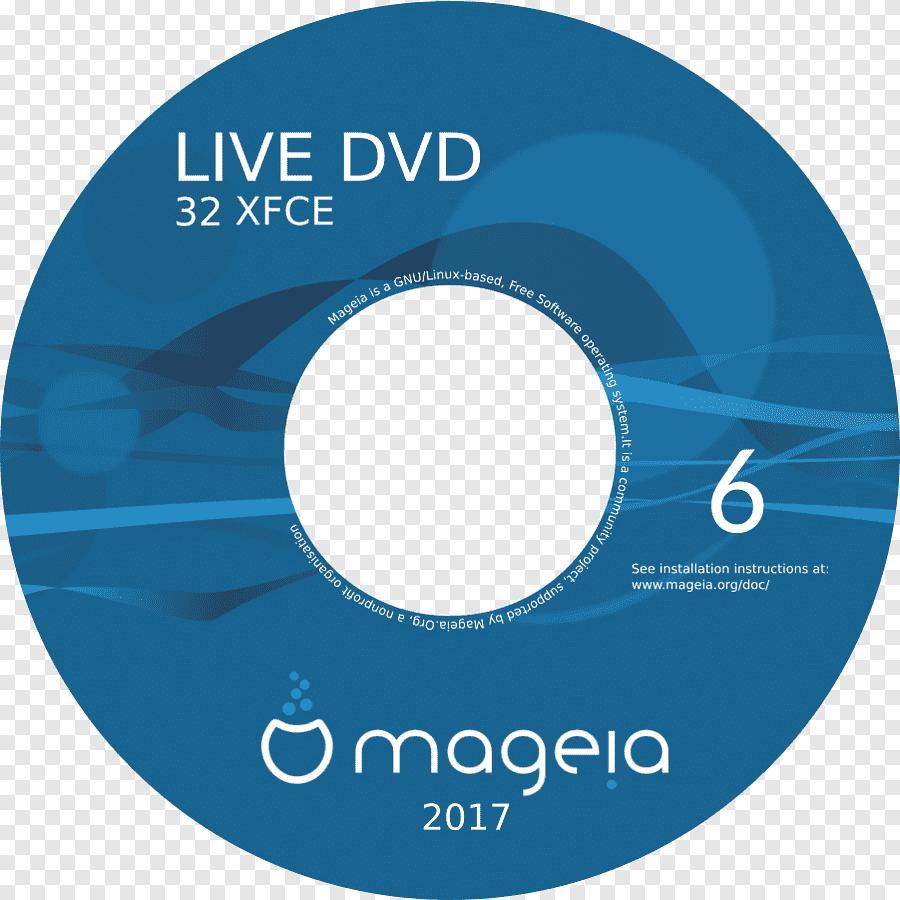Linux
Welcome to c/linux!
Welcome to our thriving Linux community! Whether you're a seasoned Linux enthusiast or just starting your journey, we're excited to have you here. Explore, learn, and collaborate with like-minded individuals who share a passion for open-source software and the endless possibilities it offers. Together, let's dive into the world of Linux and embrace the power of freedom, customization, and innovation. Enjoy your stay and feel free to join the vibrant discussions that await you!
Rules:
-
Stay on topic: Posts and discussions should be related to Linux, open source software, and related technologies.
-
Be respectful: Treat fellow community members with respect and courtesy.
-
Quality over quantity: Share informative and thought-provoking content.
-
No spam or self-promotion: Avoid excessive self-promotion or spamming.
-
No NSFW adult content
-
Follow general lemmy guidelines.
view the rest of the comments

Depending on how it's done they aren't really comparable.
I'm not familiar with openSUSE's immutable distro, but Fedora bases their atomic variants on what are essentially glorified container images (meaning they include a kernel for example). Every single deployment of a given image will be identical to each other. Only certain directories are writeable so that configuration and user data can be modified independently of the base image.
You can also "overlay" your own/custom packages, which essentially installs them into the image. When updating, a new base image is pulled and your overlayed packages are installed into the base image again. With a "regular" distro, you are deriving from the default install as soon as you install packages or even uninstall default packages (which also works with atomic distros, but the package removal is overlayed).
It's not so much about the ability to rollback as it is about reproducibility across several machines. It's comparable to how iOS (and recently also macOS) and most Android variants work.